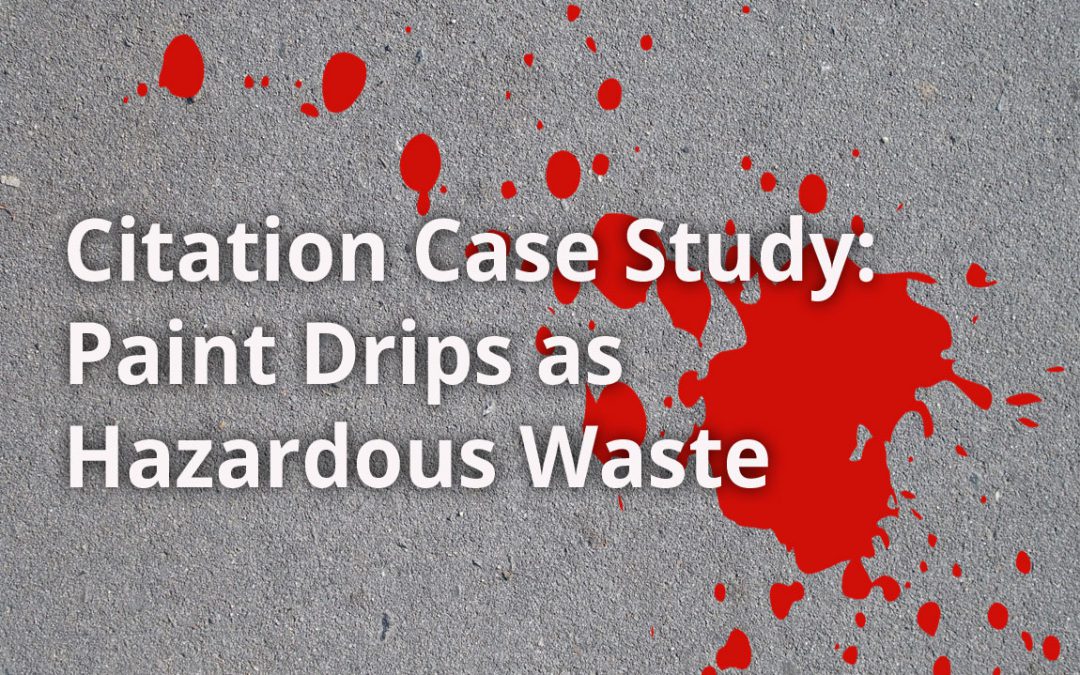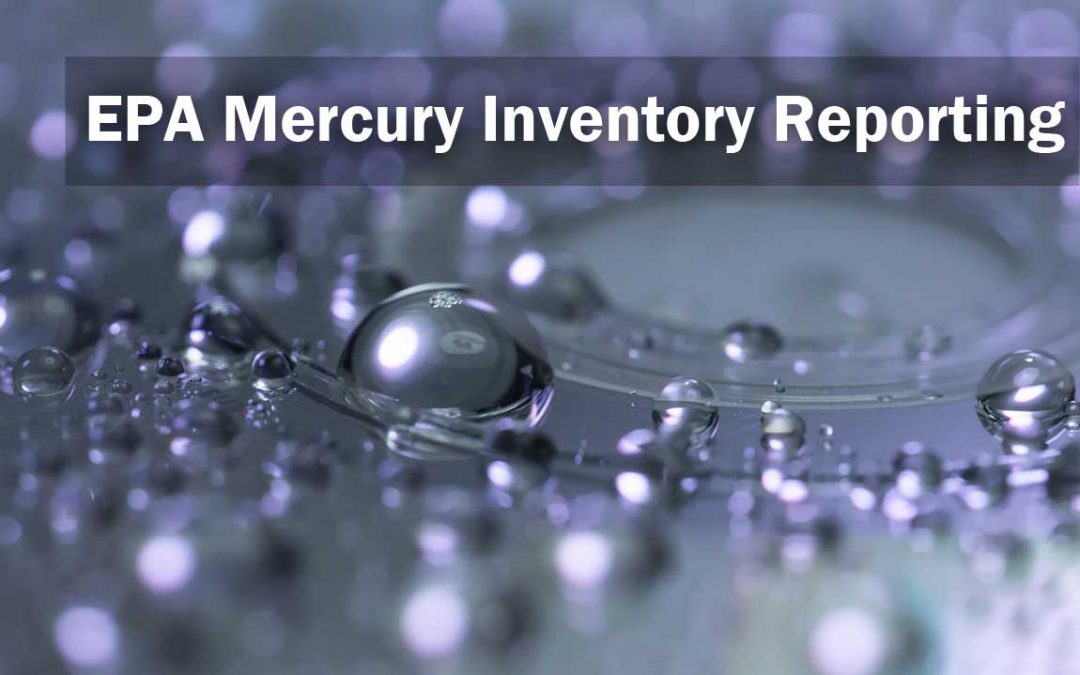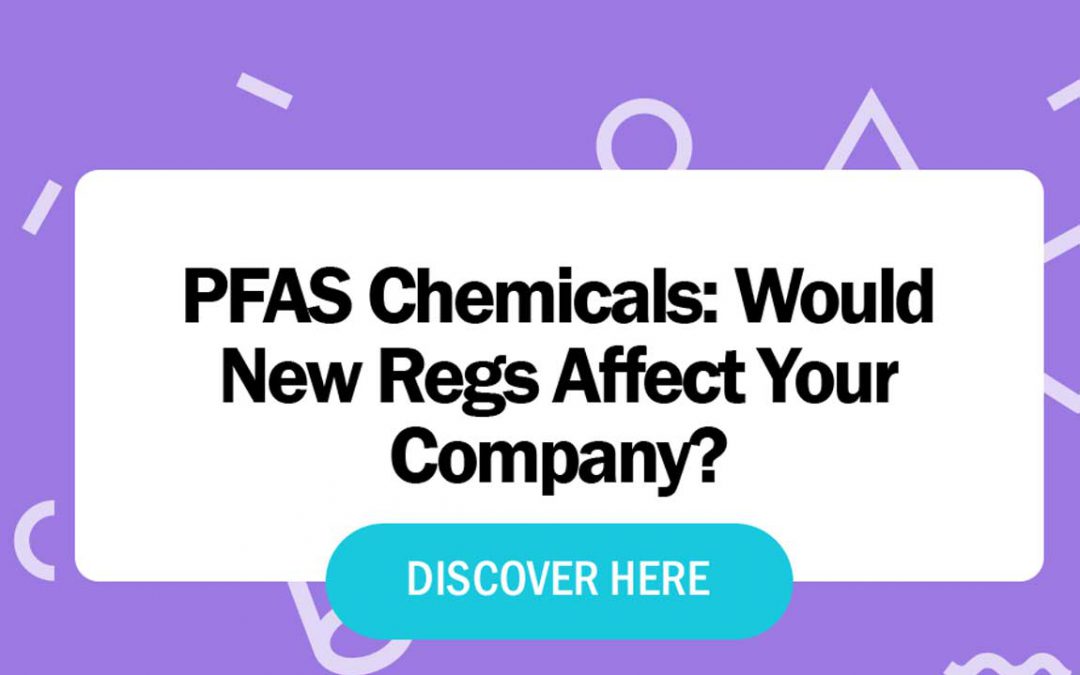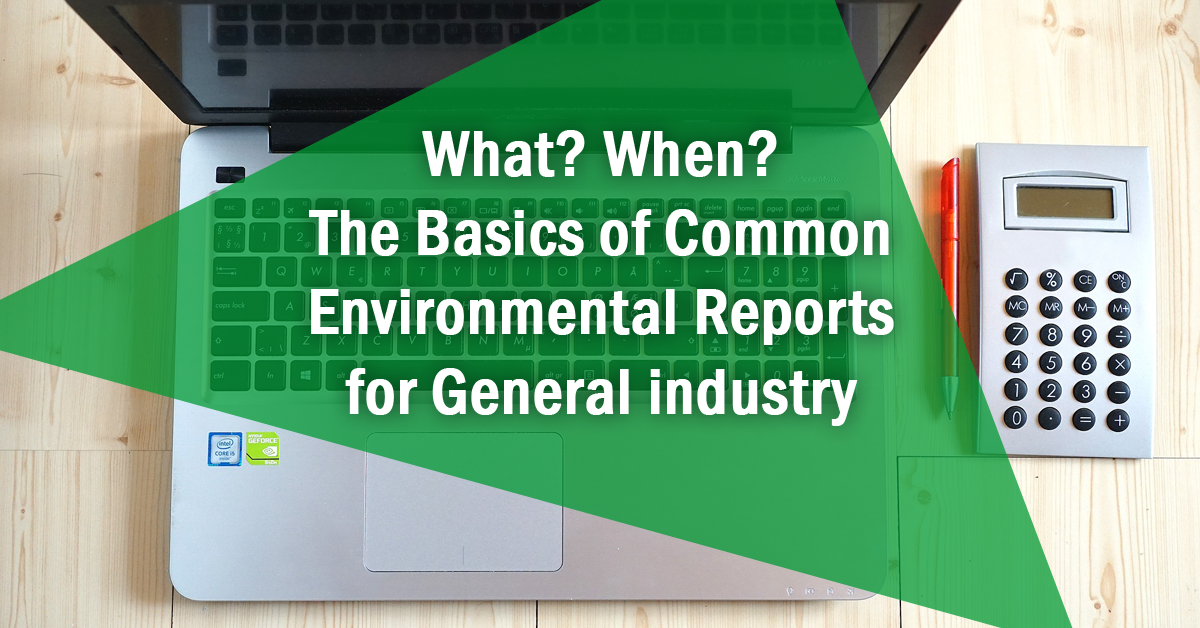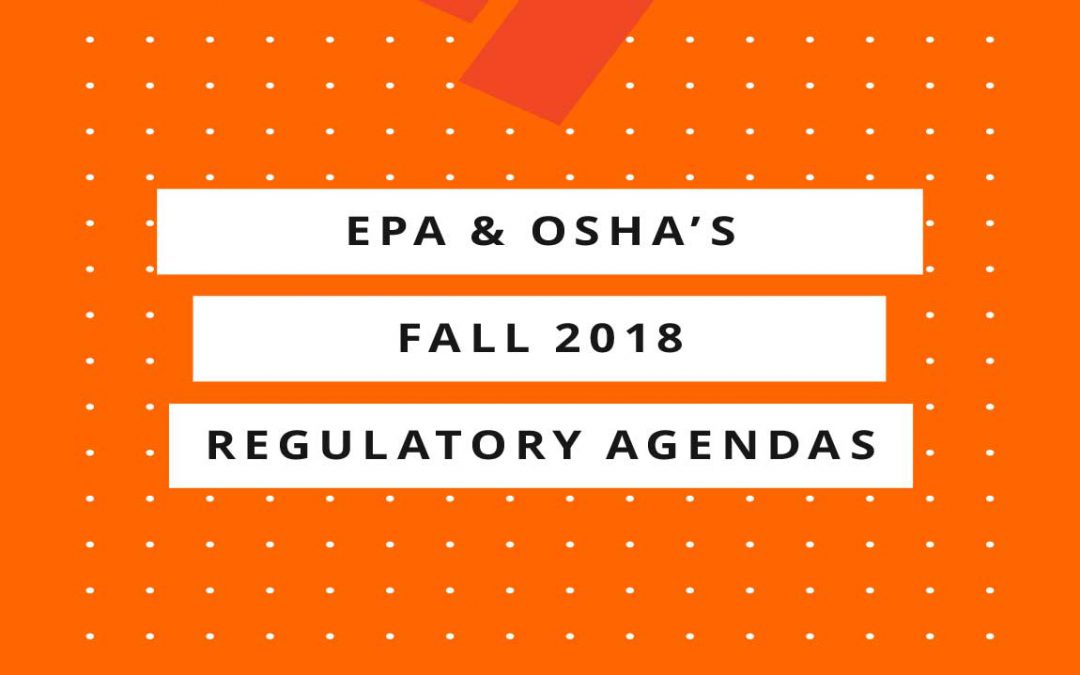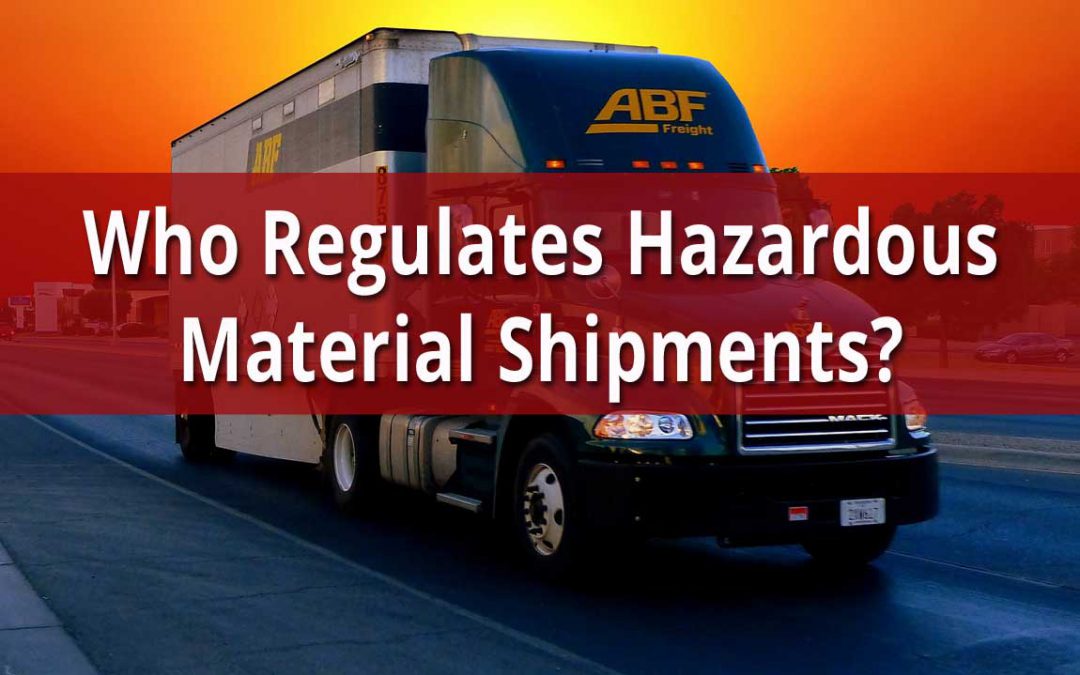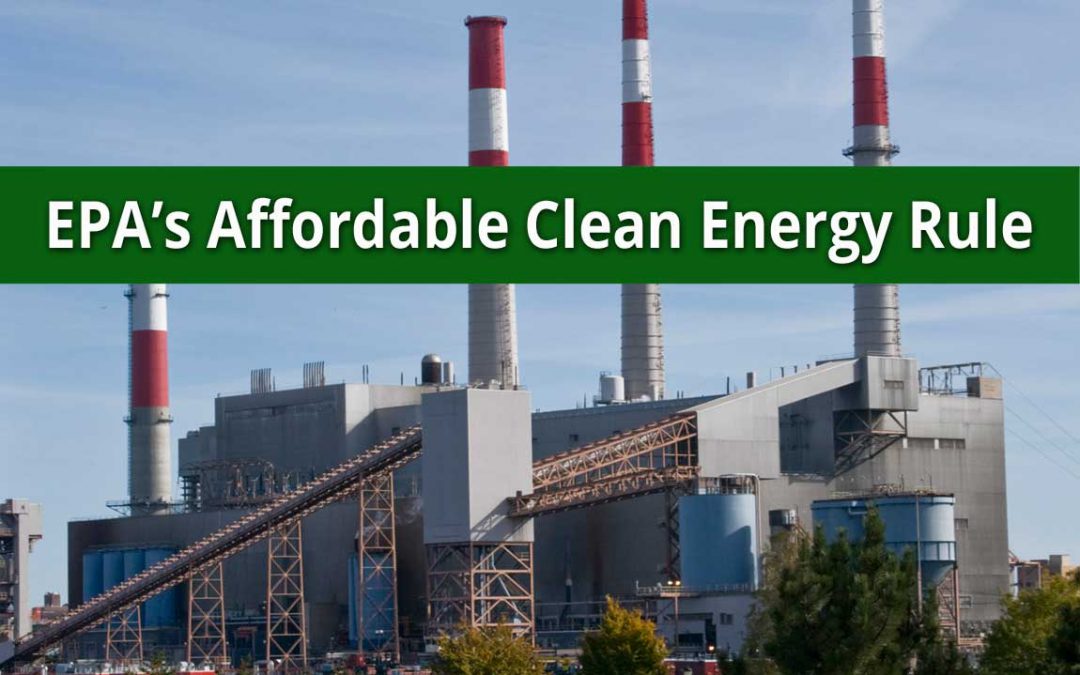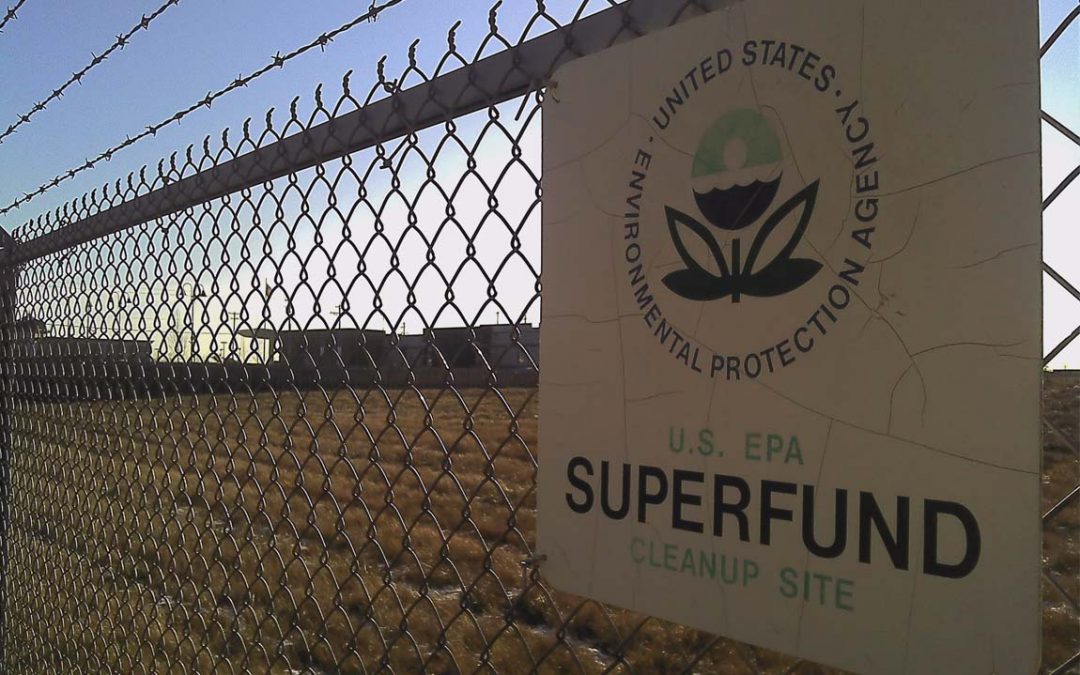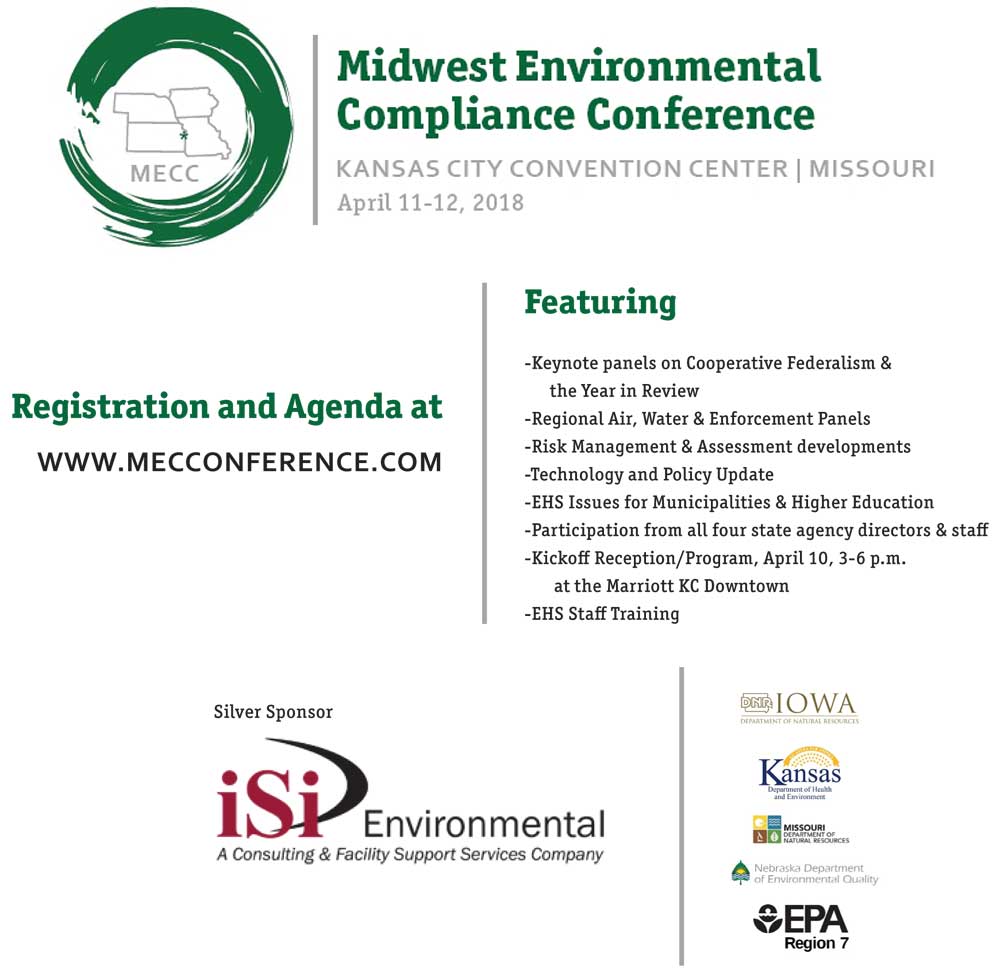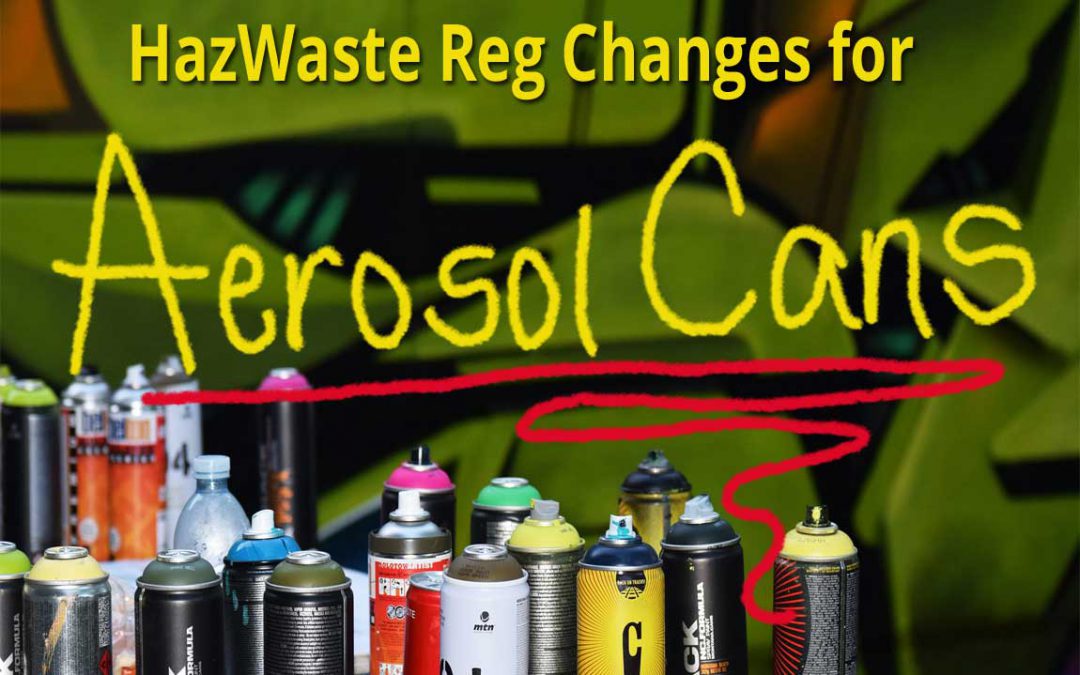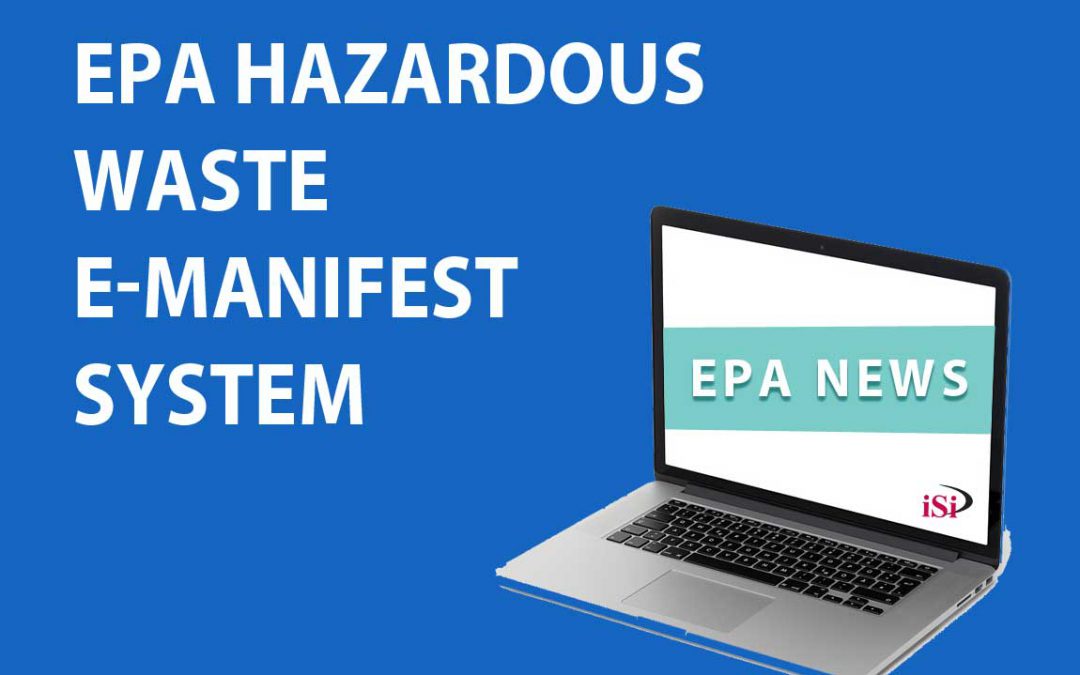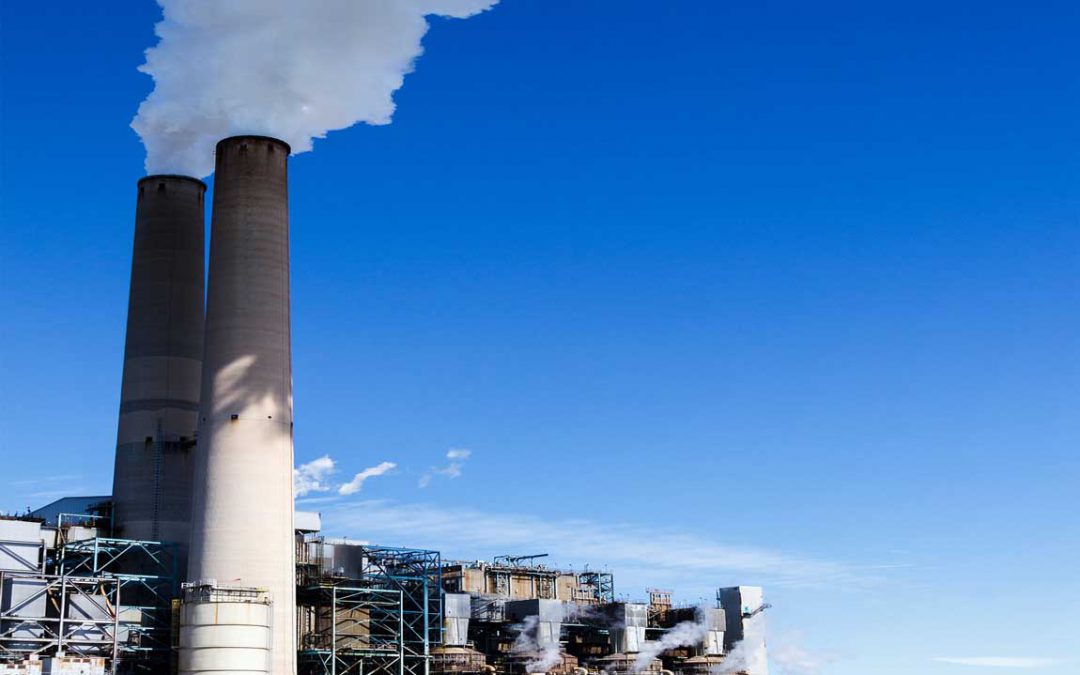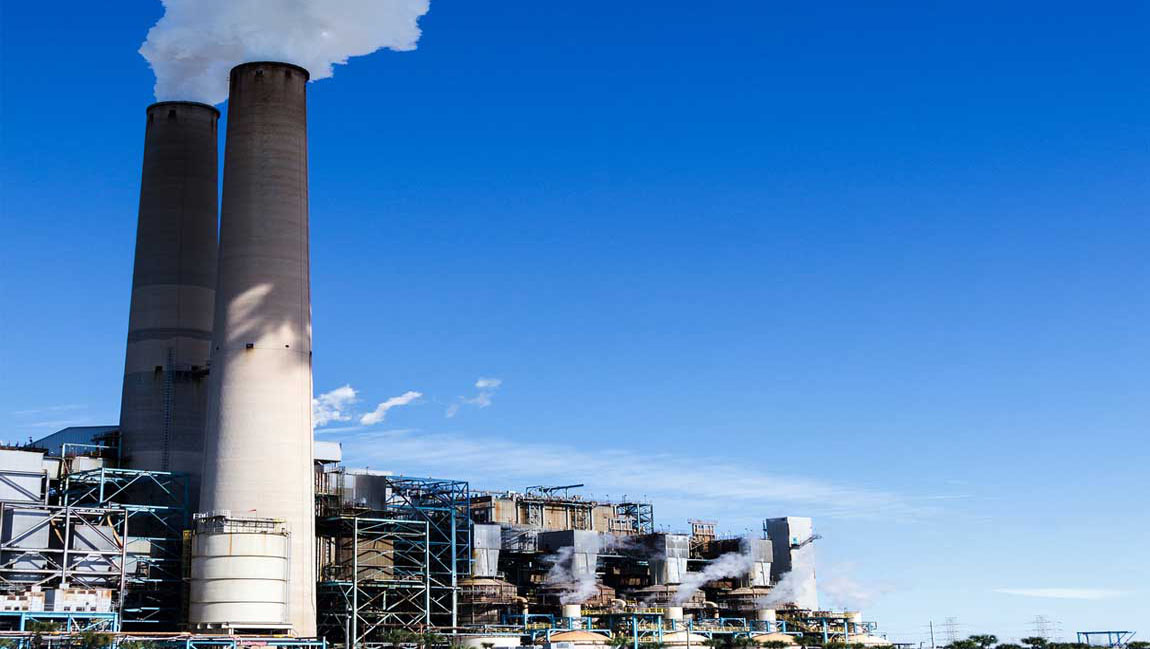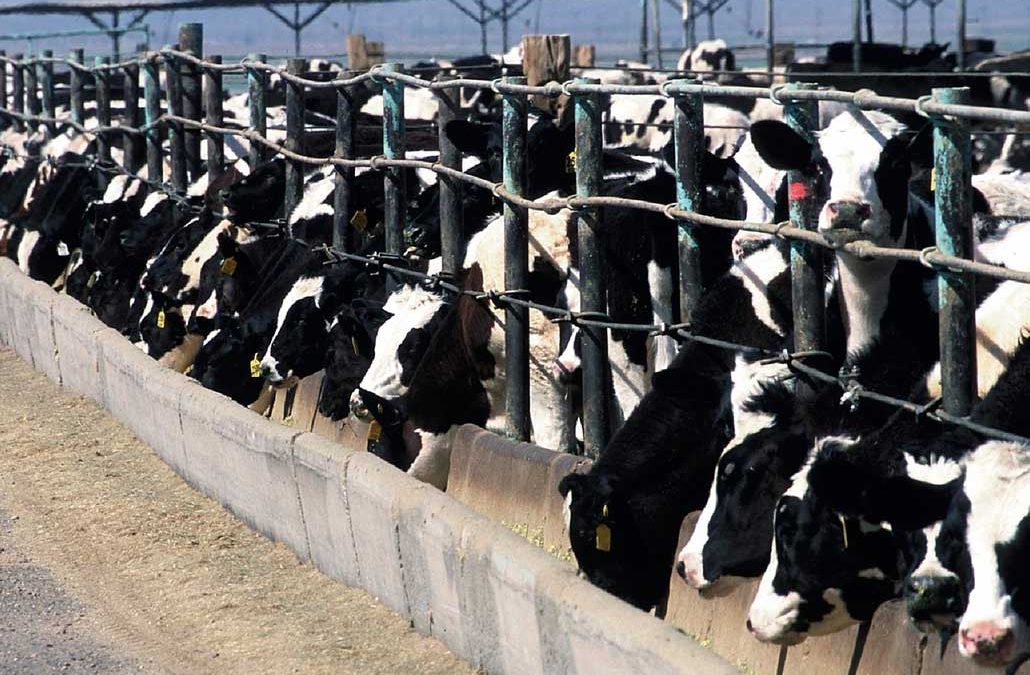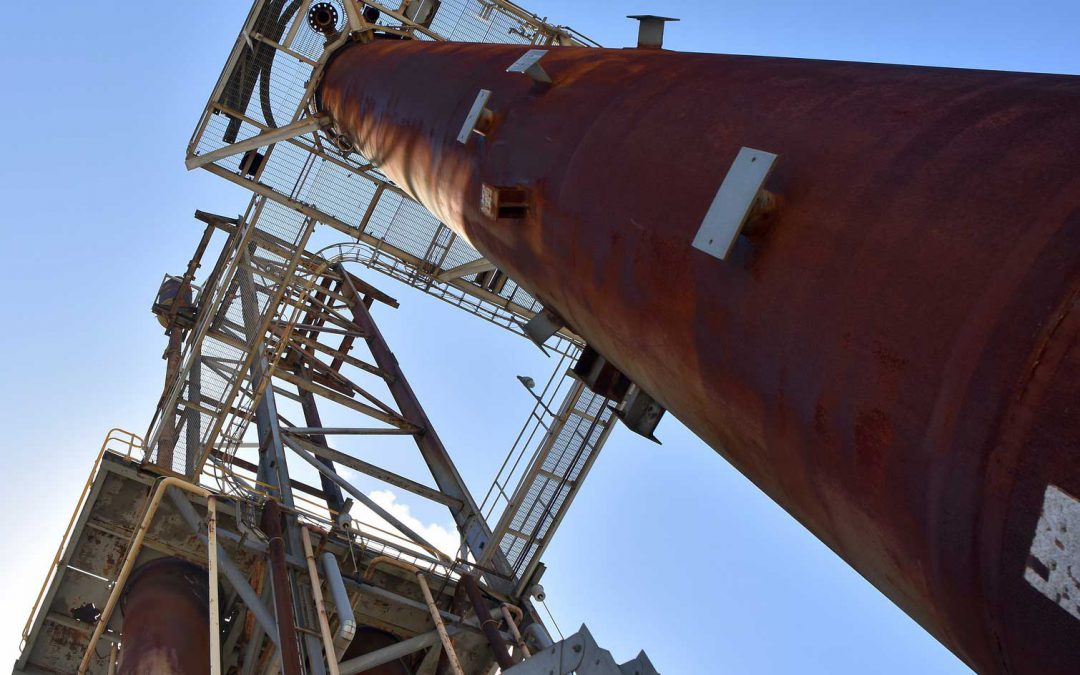
Phase I ESAs: Reveal the Hidden Truths Behind Your Next Property Acquisition
Phase I ESAs
iSi conducts Phase I ESAs, as well as Phase II ESAs which include sampling of water, groundwater, soil and more. Add us to your list of potential vendors for your next property transaction!
Imagine this scene: your company just purchased a prime piece of property and has proceeded to establish your business on that land. Your company uses few chemicals and those you do use are carefully managed. Ten years later, chemicals commonly used to degrease parts appear in private wells in the area. Upon investigation, it’s found that 30 years ago, a previous owner of the land operated a printing plant on the site. This company used hundreds of gallons of the same chemical to clean their presses and they disposed of the remaining chemical on the ground. The groundwater is now contaminated. You didn’t put it there, but you own the land. And the printing company is out of business.
Who’s going to clean all of the wells? According to the Comprehensive Environmental Response Compensation and Liability Act (CERCLA), or Superfund, your company, as the landowner, can be held responsible for the cleanup. EPA will either order your company and other potentially responsible parties on the chain of ownership to clean the site or they will clean it themselves and sue you for reimbursement. What defense does your company have?
What is a Phase I Environmental Site Assessment?
Because current owners can be held liable for environmental damage on their land, even when they didn’t cause it, lenders and insurance providers will usually protect their assets by requiring an environmental inspection of the property prior to its purchase. Commonly called a Phase I Environmental Site Assessment (ESA), this inspection provides the “due diligence” necessary to assess the environmental conditions of the property with reasonable confidence.
Innocent Landowner Defense
Superfund only recognizes three defenses to a landowner’s liability in such a case: an act of God, an act of war, and the “innocent landowner” defense. An innocent landowner is one who used “due diligence” to determine if there was a potential for contamination on the site before buying it, and the Phase I will meet this requirement.
However, for a Phase I to have any meaning in establishing an innocent landowner defense, it must be produced following guidelines established by the American Society of Testing Materials (ASTM). The guidelines are voluntary, but they are a consensus among lenders of what research is necessary to provide a satisfactory evaluation of a property’s environmental condition.
What’s Included in a Phase I ESA?
- History of Site Usage: A title search, interviews of past owners and neighbors, map analysis, historical document analysis should be conducted.
- Review of Public Records: A search of federal, state and local information to identify nearby regulated facilities that could impact the property (e.g., underground storage tanks, hazardous materials generation amounts) should be evaluated.
- Site Reconnaissance of Property and Adjacent Properties: A walkthrough site inspection should be completed to identify recognized environmental hazards such as disposal sites, leaks, storage tanks, water or gas wells, and sumps or the obvious presence of asbestos, lead, or transformers that contain PCBs. In addition to the physical inspection, the topography, geology, and hydrology of the site and surrounding region should be researched and evaluated to determine the potential for a neighbor’s contamination to migrate to the property.
What Kind of Transactions Require a Phase I ESA?
There are a number of instances where a Phase I ESA can be very beneficial:
- Purchasing Property: A Phase I can alert the buyer to possible contamination before the purchase of property. It can also serve as documentation of the condition of the property at time of purchase.
- Leasing Property (As the Tenant): A Phase I can serve as documentation of the environmental condition of the property before the lease begins and after lease termination. Without the assessment, the tenant may be held liable for contamination caused by past or future tenants.
- Leasing Property (As the Landlord): A Phase I should be conducted before and after a tenant occupies the property. Prior to leasing, the Phase I can serve as a baseline of the condition of the property, and after the tenant leaves, the Phase I can properly document and address any environmental issues left by the tenant.
- Disposal of Property: A Phase I can serve as a baseline of the condition of the property at time of disposal. This will help protect the disposer from future liability.
- Other Transactions: Use Phase I ESAs for land swaps, right-of-way purchases, easements and special use permits (i.e., public recreation, grazing, mining, etc.)
Are you planning a real estate transaction in the next few months? Let iSi conduct your Phase I ESA for you, or provide one of our other real estate or new facility services. Contact us today!
